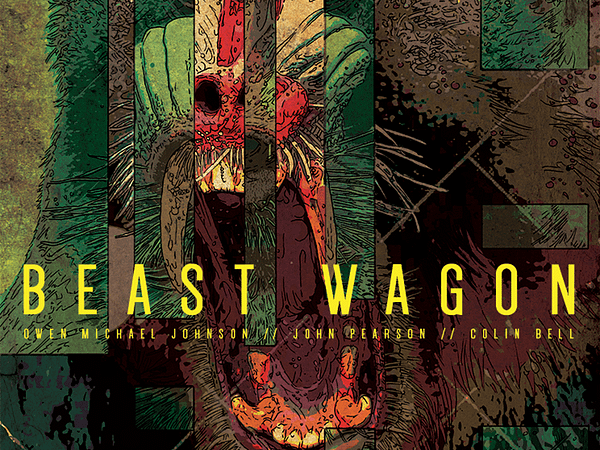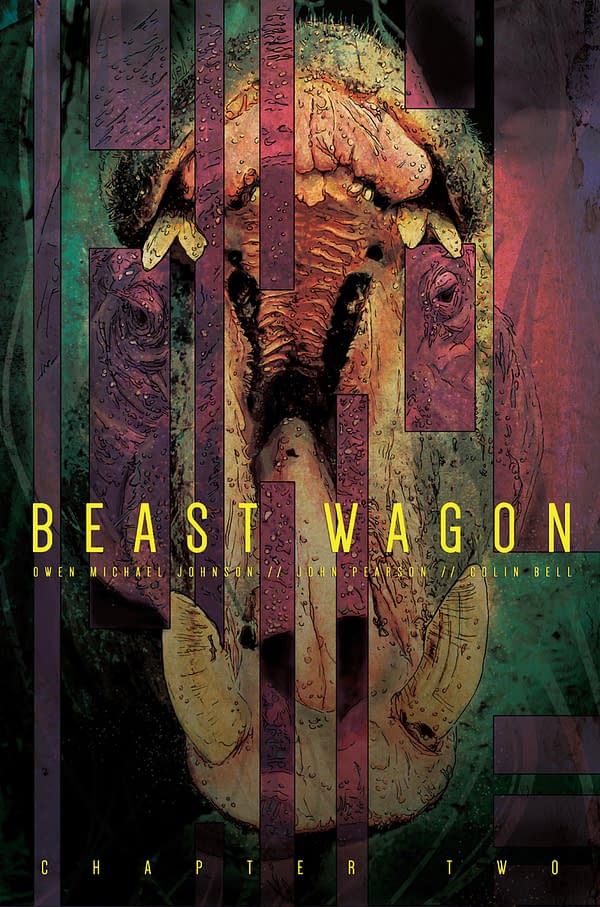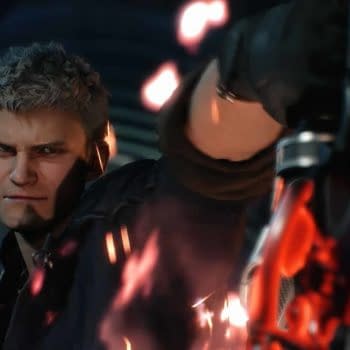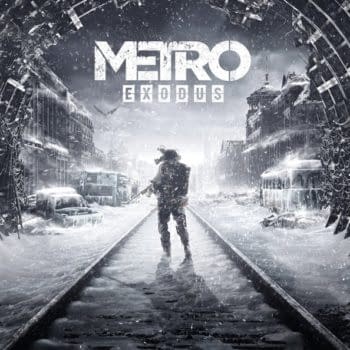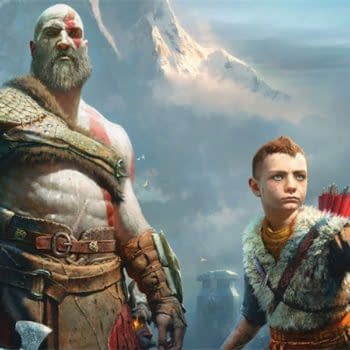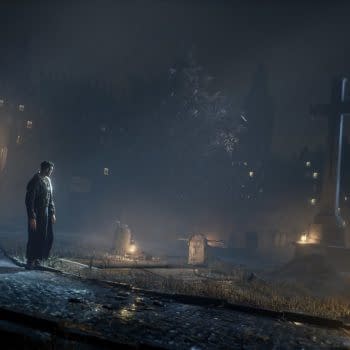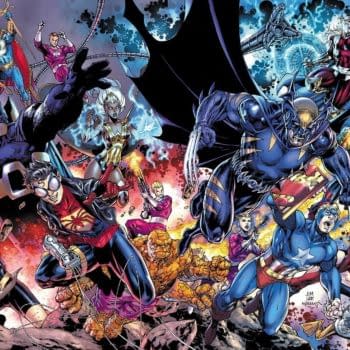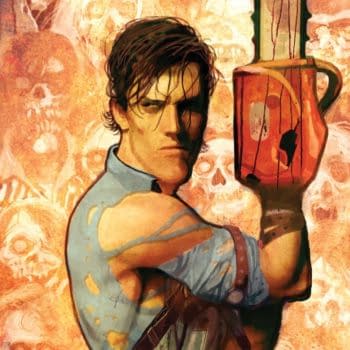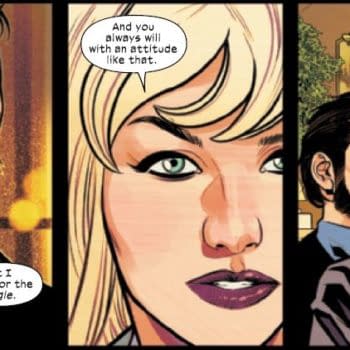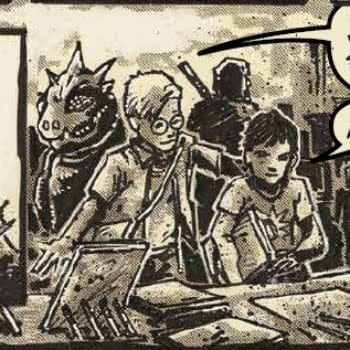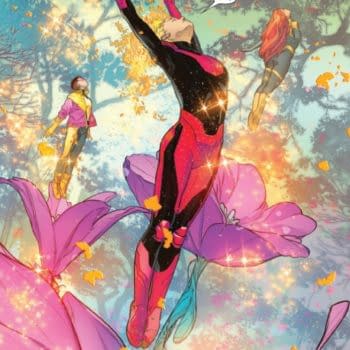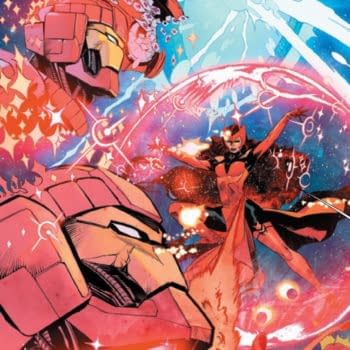Posted in: Comics | Tagged: Beast Wagon, Comics, entertainment, John Pearson, Owen Michael Johnson
'If We've Done Our Jobs, The Reader Will Find All Of Them Compelling, Even The Monsters' – Interviewing Beast Wagon Creators Owen Michael Johnson and John Pearson
By Olly MacNamee
With Beast Wagon being one of many independent and thought provoking comics on offer this weekend at Thought Bubble, I was able to catch up with Owen Michael Johnson and John Pearson to talk about the success of Beast Wagon ahead of their travels up North.
Olly MacNamee: Owen, In 'Beast Wagon' you've created a world in which the animals of Whipsnarl Zoo are in somewhat of a revolutionary mood. Care to explain further the impetus behind their desire to rise up against their human jailers? Why now?
Owen Michael Johnson: Why now? Because any creative art is a product of the time in which it's born. Beast Wagon is an attempt to reflect the world and the current climate as we view it, transformed into metaphor. We're channeling a very specific and palpable energy in the news, and in the streets. It feels like the right time to tell this story.
The animals are a group of characters who each have specific desires and varied agendas. Not all of them want to enact retribution on their keepers. But there are a minority…
For the animals of Whipsnarl Zoo, the arrival of a male Asiatic lion is a trigger, a sign that the world they know is about to be irrevocably changed. How they react and act under those circumstances is what the arc of Beast Wagon is really about.
OM: With the behaviour of some of your human characters being somewhat shady to say the least, who are we supposed to be rooting for?
OMJ: I try to avoid expressing value judgments on specific characters for a number of reasons. Firstly, spoilers for later in the series. More importantly, because readers opinions and reactions are interesting to hear and I don't want to sign-post what to think. If we've done our jobs, the reader will find all of them compelling, even the monsters. There are more extreme personalities within the ensemble, but each character has their reasons for acting the way they do. And those characters may surprise you, before the end…
In Beast Wagon No.2, which you're launching this coming weekend at Thought Bubble, you're clearly using these creatures to comment on some pretty heavy contemporary social issues. It can make for some uncomfortable reading at times, while hilarious at other times. How did you decide which group of animals would comment on the different social issues explored? Did you consider the animals' own behaviours as a starting point, for instance?
OMJ: A zoo is a contained environment, a miniature society. We're not the first to wonder 'what if?' and focus on the structure of that environment and the parallels with human society.
I don't think we ever set out to make an 'issues' piece, or ram a specific message down readers' throats. Which is why the black humour is important. But we don't want to be sanctimonious. A majority of readers must feel entertained and excited for any message to have effect. It is a ridiculous comic – but it's a deliberate satire. People seem to be afraid of satire these days, but we need it more now than ever. The fact that Beast Wagon is an animal rights comic is undeniable. I believe in genre comics as journalism. As an excavation of truth, or reflection on the times, through fictional storytelling. I think we both feel the book is at its finest when the horrific and the humour co-exist, often in the same panel. Our intent was to create dialogue. To have readers question how they are reading, and reacting to, the story.
For sure, animal behaviour research, and the history of animals in captivity, news stories about zoos and animals all got absorbed and influenced the writing. Beast Wagon was an attempt to re-address the balance of how animals are often portrayed in popular culture, and their increasing anthropomorphism as a way of taking away their power. And this is a story very much about power. We wanted to strip away some of that glamour, research their appearance in fables, fairy-tales, myths, their association with gods, how they are presented in literature and their classical connotations. How that could be played to, and against, readers cultural expectations for humour or drama. For example the animals of the petting zoo, being domesticated and less exotic than others, became a kind of Greek chorus who – being distanced – comment on the movements of the hierarchy, the 'hero' animals and their keepers. They are the people, the masses, divided by their personal politics.
OM: John, you're art is evocative of the real world with your photorealistic art style. How did you tackle going about fleshing out the microcosmic world of Beast Wagon? What is your process from script to strip?
John Pearson: Right from the start it's been about real-world referencing, from our very first gonzo research trip to London Zoo to gather reference material right through to the on-going dialogue we have around weird animal related news stories we stumble across, it all has basis in reality. The art is aiming to reflect the real-world grounding of the script and mix it with increasing psychedelic and uncanny elements, with this second issue hopefully pushing that a little further with the visuals.
As far as process, once I've got the script I'll talk through it with Owen at length going over ideas for panels and layouts, little visual jokes, and get the narrative flow down solid. Then a heap of animal reference images are raided to get the likenesses correct (I have a growing collection of unsavoury animal photos waiting for the right moment). Lines are hand drawn and scanned for digital colouring which is where the majority of the work happens, using a mixture of brushes from the incredible Kyle T Webster, paper and ink textures, and building up to a relatively heavily layered digital image that aims to keep an organic feel to it.
OM: Issue 2 sees the animals still restless, still ready to revolt. What can we expect from the remaining issues in this series? Where are we heading?
OMJ: So far the ensemble has remained relatively separate. As the series progresses the characters are drawn closer and closer together through their disparate actions, for better or worse. The house of cards will fall. A chain reaction is inevitable. We can promise this: it only gets darker on this roller-coaster.
–
Olly MacNamee teaches English and Media, for his sins, in a school somewhere in Birmingham. Some days, even he doesn't know where it is. Follow him on twitter @ollymacnamee or read about his exploits at olly.macnamee@blogspot.co.uk. Or don't. You can also read his articles fairly frequently at www.bleedingcool.com too.


